Apllying Baby Shampoo
stevin
9 years ago
Featured Answer
Comments (14)
forsheems
9 years agostevin
9 years agoRelated Professionals
East Rancho Dominguez Landscape Architects & Landscape Designers · Forest Acres Landscape Architects & Landscape Designers · Signal Hill Landscape Architects & Landscape Designers · Cicero Landscape Contractors · Edinburg Landscape Contractors · Fort Myers Landscape Contractors · Mason Landscape Contractors · Oklahoma City Landscape Contractors · Paramount Landscape Contractors · Selden Landscape Contractors · Southbury Landscape Contractors · Waipahu Landscape Contractors · Tyngsboro Landscape Contractors · Cypress Swimming Pool Builders · West Hollywood Swimming Pool Buildersiriasj2009
9 years agodanielj_2009
9 years agodchall_san_antonio
9 years agodanielj_2009
9 years agomorpheuspa (6B/7A, E. PA)
9 years agoM Mccarthy 8b ATX
9 years agomorpheuspa (6B/7A, E. PA)
9 years agomorpheuspa (6B/7A, E. PA)
9 years agoNone
9 years agomorpheuspa (6B/7A, E. PA)
9 years agoNone
9 years ago
Related Stories
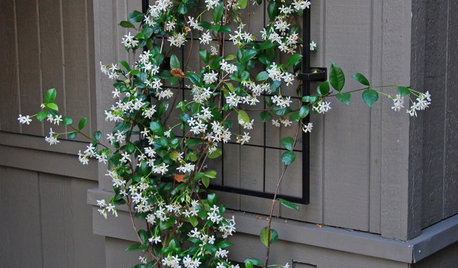
FEEL-GOOD HOMESimple Pleasures: Scent and Memory
Fragrant jasmine, fresh-brewed coffee, baking bread. Scents can evoke memories and bring sensory pleasure to our homes
Full Story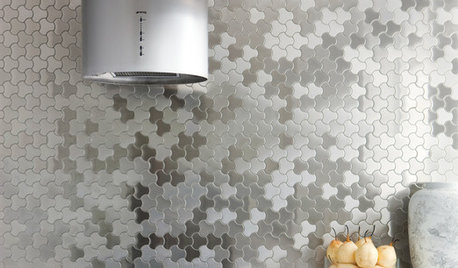
DECORATING GUIDESBling Where It’s Least Expected
Give your interior some sparkle and shine with metal tiles on a backsplash, shower or floor
Full Story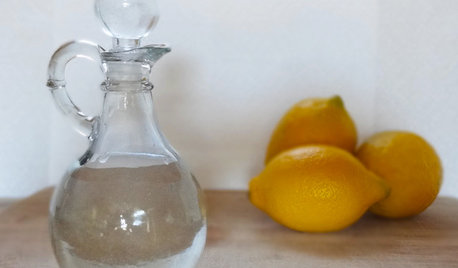
HOUSEKEEPINGVinegar and Voilà: Clean Your House the Natural Way
Ditch the commercial cleaners for nontoxic, inexpensive and versatile white vinegar
Full Story
DECLUTTERING10 Types of Clutter to Toss Today
Clear the decks and give the heave-ho to these unneeded items
Full Story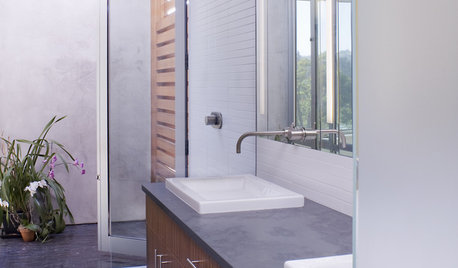
BATHROOM DESIGN10 Amenities to Make Your Bathroom Extraordinary
Go beyond the basics for a luxury bathroom experience, with extra-special options starting at only $25
Full Story
BATHROOM DESIGNWhy You Might Want to Put Your Tub in the Shower
Save space, cleanup time and maybe even a little money with a shower-bathtub combo. These examples show how to do it right
Full Story
HOUSEKEEPINGOut, Darn Spot! Tips for Removing Carpet Stains
Know the right solutions and when to use them to prevent stains from pets, soda, chocolate, blood and more
Full Story
HOUSEKEEPING7-Day Plan: Get a Spotless, Beautifully Organized Living Room
A task a day sends messes away. Take a week to get your living room in shape
Full Story
FURNITUREHow to Keep Your Upholstery Looking Good
You wouldn't expect your car to maintain itself. Show your sofa and chairs the same courtesy with this 3-part strategy
Full Story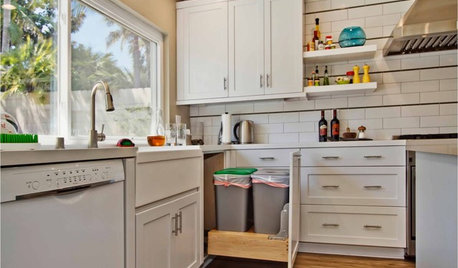
DECLUTTERING9 Exit Strategies for Your Clutter
How to efficiently — and regularly — rid your home of the things you don’t want
Full StoryMore Discussions







M Mccarthy 8b ATX